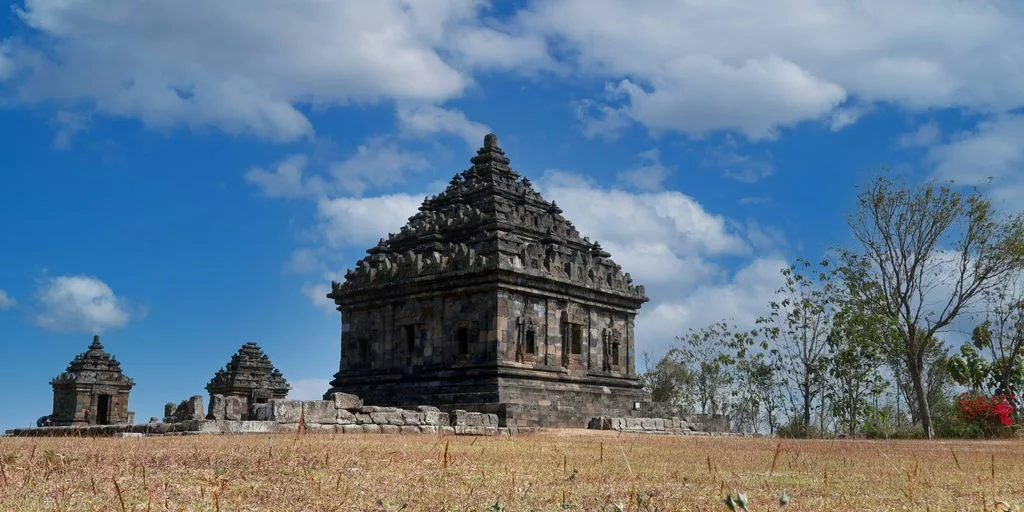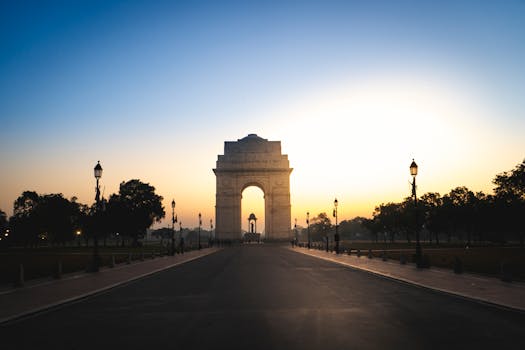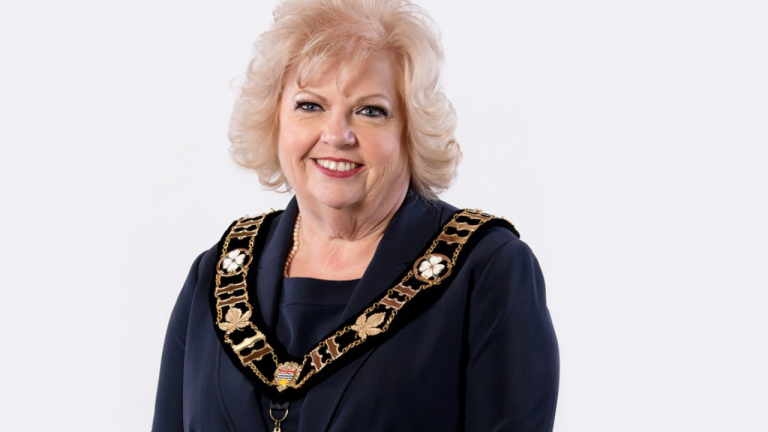
The Role of Festivals in Preserving Cultural Heritage
Festivals play a pivotal role in preserving cultural heritage across the globe. They serve as vibrant reminders of traditions, customs, and shared histories that might otherwise fade away. These celebrations are more than just events; they are living expressions of cultural identity.
Traditional Clothing: A Window into Cultural Identity
The Significance of Traditional Attire
Traditional dress in New Caledonia is not just clothing; it’s a window into the rich cultural tapestry of this Pacific paradise. Each garment tells a story, weaving together centuries of tradition and craftsmanship. Whether it’s a sari from India or a kimono from Japan, traditional attire offers a glimpse into the values, beliefs, and history of a community. These garments are rich in history and symbolism, offering a window into the diverse cultural influences that have shaped societies over centuries.
Regional Variations in Traditional Dress
Exploring identity through the cultural crossroads of fashion reveals how regional variations in traditional dress reflect the unique environmental, social, and historical contexts of different areas. From the vibrant colors of African textiles to the intricate embroidery of Eastern European garments, each style is a testament to the creativity and resilience of its people. Fusion wear celebrates diversity and global influences in contemporary fashion, blending traditional elements with modern aesthetics.
The Influence of Traditional Clothing on Modern Fashion
The stitch of time: how fashion evolves norms. Tracing historical evolution and early trends in fashion from function to expression, traditional clothing has significantly influenced modern fashion. Designers often draw inspiration from ethnic elegance, exploring the beauty of traditional dress to create contemporary pieces that honor their roots. This fusion not only keeps cultural heritage alive but also promotes sustainability by valuing timeless craftsmanship over fast fashion.
Cultural heritage: a window into tradition. Each garment tells a story, weaving together centuries of tradition and craftsmanship. Whether it’s a sari from India or a kimono from Japan, traditional attire offers a glimpse into the values, beliefs, and history of a community.
Culinary Traditions: A Taste of Culture

Iconic Dishes from Different Cultures
Embark on a flavorful journey as we explore iconic dishes from around the globe. From Italy’s beloved pasta to Japan’s exquisite sushi, these culinary delights are more than just food—they’re a celebration of cultural heritage. Each dish tells a story, reflecting the history, geography, and traditions of its origin. Dive into the world of flavors without borders: delighting in international cuisines.
The Role of Food in Cultural Celebrations
Food and festivities go hand in hand. Whether it’s Thanksgiving in the United States, Diwali in India, or the Lunar New Year in China, festive foods play a crucial role in cultural celebrations. These dishes are not just about taste; they symbolize prosperity, unity, and tradition. Taste buds and cultural traditions share an intimate connection, as the evolving taste of food and drink traditions reflects changes in ingredients and dishes.
Preserving Culinary Heritage in the Modern World
In today’s fast-paced world, preserving culinary heritage is more important than ever. Traditional recipes and cooking methods are at risk of being lost amidst modern conveniences. However, many are taking steps to keep these traditions alive. From farm-to-table movements to culinary schools focusing on traditional techniques, there’s a growing effort to honor and maintain our food culture. Explore the intersection of food and culture with this complete list of culinary traditions designated UNESCO intangible cultural heritage of humanity.
Nourish your body and soul: the essentials guide. Connect with food’s spiritual essence, cultural wisdom, emotional eating, nutritional balance, diet impact on mental health, and holistic well-being practices.
The Art of Storytelling: Keeping Oral Traditions Alive
Storytelling is a timeless art that has been passed down through generations, serving as a bridge between the past and the present. Listening to stories and sharing our own is how we will learn to live in a world that is constantly in motion. This dynamic exchange of narratives helps us understand and adapt to the ever-changing world around us.
The Importance of Oral Histories
Oral histories are more than just tales; they are the heartwarming grandparent stories: lessons from the past. These narratives preserve grandparents’ legacy through heirlooms, oral histories, and written memoirs. Cherishing childhood memories and the wisdom passed down is crucial, as grandparents are invaluable figures in shaping values and traditions.
Famous Storytelling Traditions
From the intricate storytelling found in Dreamtime narratives to the epic poems, chants, and songs of various cultures, oral storytelling is telling a story through voice and gestures. These traditions are vital expressions of identity, connection, and continuity, ensuring that cultural practices remain vibrant and relevant.
The Role of Storytelling in Modern Media
In today’s digital age, storytelling has found new platforms. Podcasts, social media, and digital archives have become modern adaptations of ancient storytelling methods. This evolution not only preserves the essence of traditional stories but also makes them accessible to a global audience, ensuring that the art of storytelling continues to thrive.
Architectural Heritage: Monuments and Landmarks
Iconic Structures Around the World
From the Sheikh Zayed Grand Mosque to the Eiffel Tower, iconic structures are more than just buildings; they are symbols of cultural identity and history. These landmarks tell stories of the past and stand as testaments to human ingenuity and creativity. Exploring these sites offers a glimpse into the architectural marvels that have shaped civilizations.
The Preservation of Historical Buildings
Preserving historical buildings is crucial for maintaining our cultural heritage. Governments and organizations worldwide are dedicated to safeguarding these structures to ensure they remain for future generations. This involves meticulous restoration processes and often, innovative techniques to maintain the original integrity of the buildings.
The preservation of historic buildings is not just about maintaining structures; it’s about keeping the stories and legacies of our ancestors alive.
The Influence of Architecture on Cultural Identity
Architecture plays a significant role in shaping cultural identity. The design and structure of buildings reflect the values, beliefs, and traditions of a society. From ancient ruins to modern skyscrapers, architecture is a powerful expression of cultural heritage. Embracing urban exploration can help safeguard these cultural treasures and promote a deeper understanding of our shared history.
Music and Dance: Expressions of Cultural Heritage
Traditional Music Genres
Traditional music genres are the heartbeat of many cultures, offering a window into the soul of a community. From the soulful strains of Indian classical music to the rhythmic beats of African drums, these genres tell stories of history, struggle, and triumph. They are not just entertainment; they are a vital part of cultural identity.
The Role of Dance in Cultural Celebrations
Dance is more than just movement; it’s a form of expression that brings people together. In Southeast Asia, traditional dances are a vibrant part of festivals and religious ceremonies, showcasing the region’s rich cultural heritage. Whether it’s the intricate steps of a classical ballet or the energetic moves of a folk dance, each performance is a celebration of life and community.
Embrace movement for a vibrant, joyful life. Dance fosters social connections, cultural identity, and overall well-being.
Preserving Musical Heritage in the Digital Age
In today’s digital world, preserving musical heritage is both a challenge and an opportunity. Modern technology allows us to record and share traditional music like never before, ensuring that these cultural treasures are not lost to time. However, it’s crucial to maintain the authenticity and integrity of these traditions as they are passed down to future generations.
- Discover the United Arab Emirates through its vibrant artistic landscape, museums, public art, and blend of traditions with modernity, showcasing a unique cultural synthesis.
- Explore the role of folk music and dance in preserving India’s rich cultural heritage. Learn about significance, challenges, and future of these traditions.
- The rich cultural heritage of Southeast Asia is showcased through traditional arts, music, dance, religious diversity, and festivals.
Rituals and Customs: The Heartbeat of Culture
Rituals and customs are the heartbeat of culture, shaping our daily lives and connecting us to our roots. These practices, passed down through generations, are more than just routines—they’re a testament to our shared history and identity.
Conclusion
In conclusion, exploring cultural heritage is not just about understanding the past; it’s about appreciating the traditions that shape our present and future. By delving into the rich tapestry of customs, rituals, and practices passed down through generations, we gain a deeper sense of identity and belonging. Cultural heritage enriches our lives, fostering a greater appreciation for diversity and promoting social cohesion. As we continue to navigate an increasingly globalized world, it is essential to celebrate and preserve these unique traditions that define our shared humanity.
Frequently Asked Questions
What is cultural heritage?
Cultural heritage refers to the traditions, customs, monuments, and artifacts that are passed down through generations, representing the history and identity of a community or society.
Why is it important to preserve cultural heritage?
Preserving cultural heritage is essential for maintaining a sense of identity, fostering community pride, and ensuring that future generations can learn about and appreciate their history and traditions.
How do festivals contribute to cultural heritage?
Festivals play a vital role in preserving cultural heritage by celebrating traditional customs, rituals, and practices, bringing communities together, and passing down cultural knowledge to younger generations.
What role does traditional clothing play in cultural identity?
Traditional clothing is an important aspect of cultural identity, reflecting the history, values, and social status of a community. It also helps to preserve cultural heritage by keeping traditional craftsmanship and designs alive.
How can we preserve culinary traditions in the modern world?
Preserving culinary traditions can be achieved by documenting recipes, teaching cooking techniques to younger generations, and promoting traditional foods through festivals, markets, and restaurants.
What is the significance of storytelling in cultural heritage?
Storytelling is a crucial element of cultural heritage, serving as a means of passing down history, morals, and values through generations. It helps to keep oral traditions alive and strengthens community bonds.






